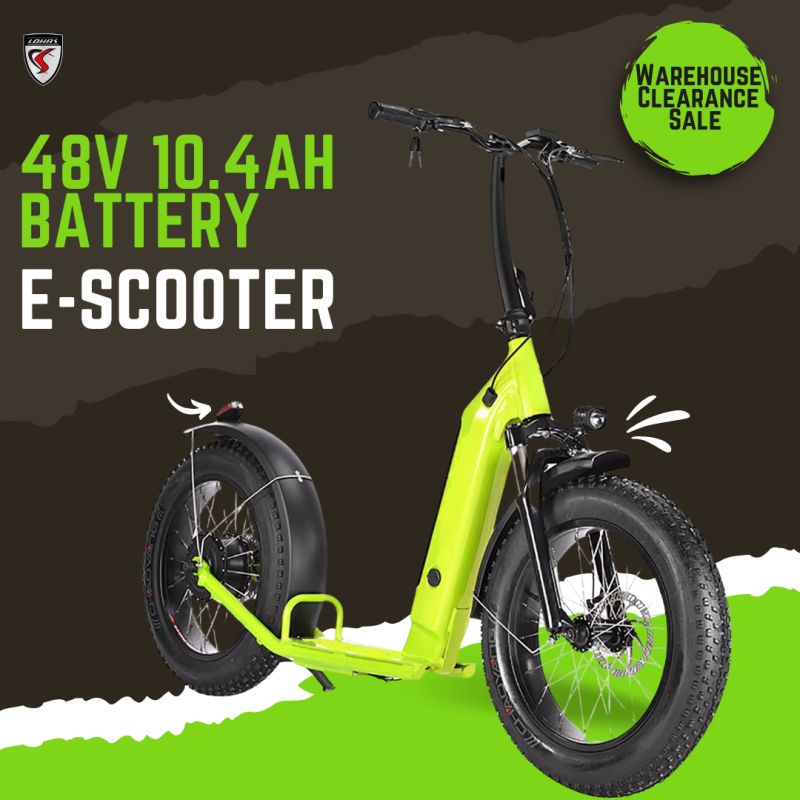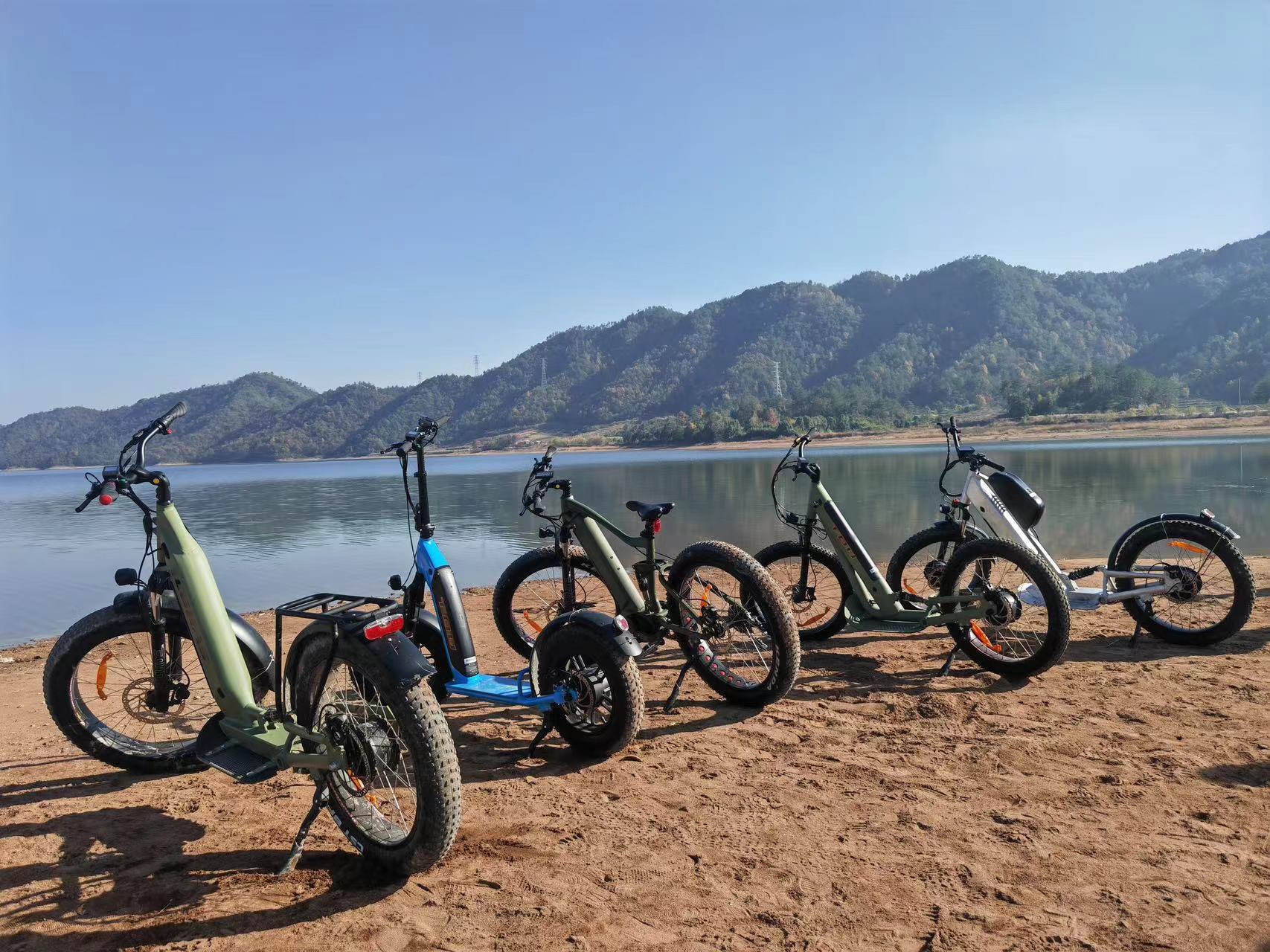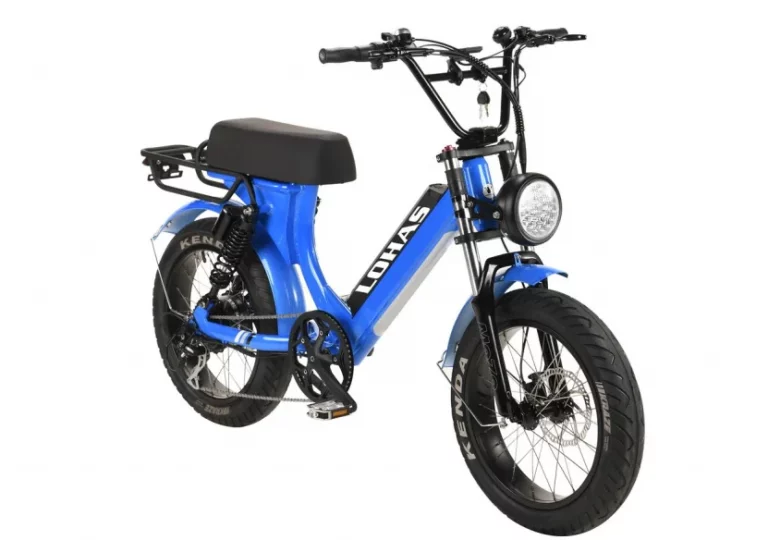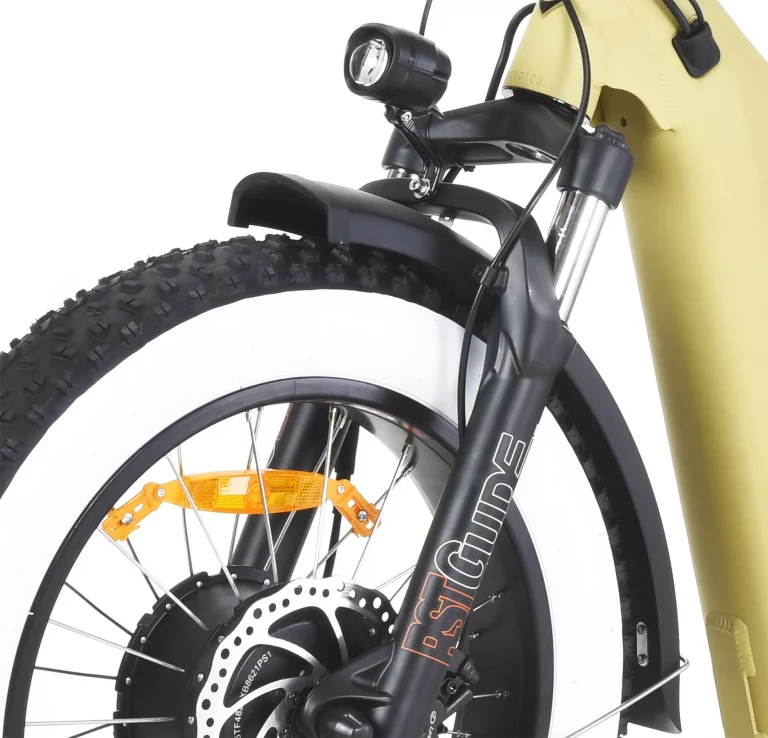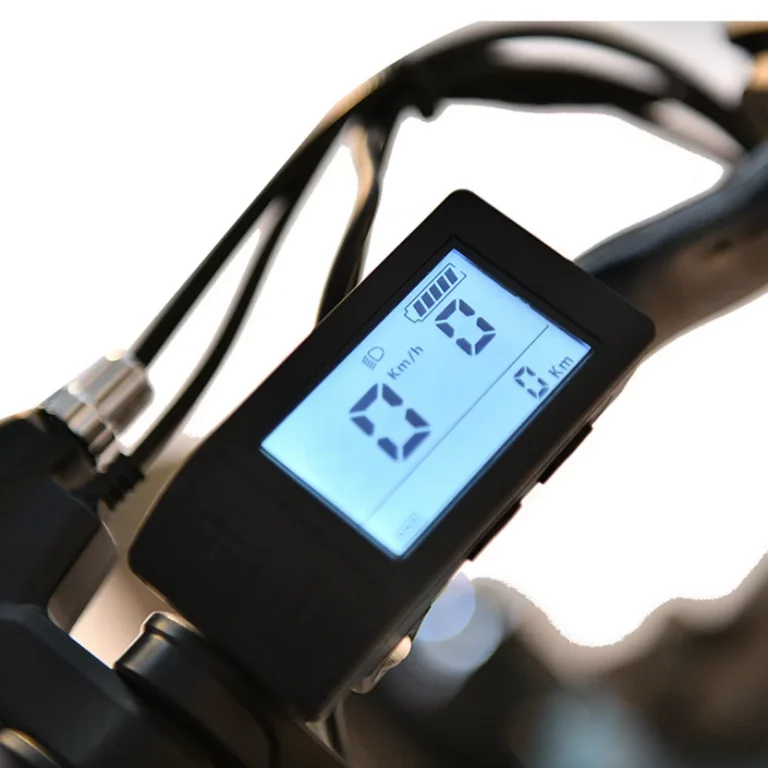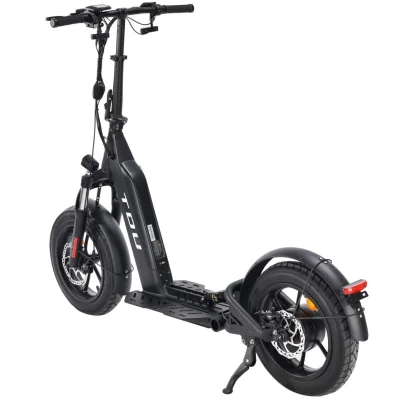Understanding Your Electric Scooter
Riding an electric scooter, or e-scooter, can be an exhilarating experience, but understanding its components and ensuring safety precautions are essential before your first ride. This guide will walk you through the crucial aspects to help you enjoy your e-scooter safely and confidently.
Components of an E-Scooter
An electric scooter comprises several key components that you need to familiarize yourself with before taking it for a spin. The most apparent part is the deck, where you stand. The handlebars, equipped with brakes, throttle, and often a display screen, allow control over the scooter. The wheels, located at the front and back, are the primary contact points with the ground and vary in size depending on the model. Some advanced e-scooters have suspension systems to absorb road bumps, enhancing ride comfort. Understanding these components and how they work together will help you manage and control the scooter efficiently.
Safety Gear Essentials
Safety should be your top priority when riding an e-scooter. Wearing the appropriate safety gear significantly reduces your risk of injury. A well-fitted helmet is essential to protect your head in case of a fall. Elbow and knee pads can shield these joints from impacts, while gloves improve grip and protect your hands. Bright, reflective clothing or gear increases your visibility to other road users, especially during nighttime or in poor weather conditions. Never underestimate the importance of appropriate footwear; sturdy, non-slip shoes are vital for maintaining balance and control over the e-scooter.
Legal Considerations
Before you ride an electric scooter, it’s crucial to understand the local regulations governing their use. Laws about e-scooters can vary greatly depending on your location. Common regulations include age restrictions, requiring riders to be at least 16 or 18 years old. Additionally, many places mandate the use of helmets, and some areas restrict e-scooter usage on sidewalks, permitting them only on roads or bike paths. Speed limits often apply; most regulations restrict e-scooter speeds to a maximum of 20 mph. Familiarize yourself with these laws to avoid fines or legal issues and ensure you’re riding responsibly.
Preparing for the Ride
Preparation is key to having a smooth and enjoyable first-time riding experience. Inspecting your e-scooter and making necessary adjustments can prevent common issues and ensure that you are ready for a safe journey.
Inspecting Your Scooter
Before each ride, conduct a thorough inspection of your electric scooter. Check the tires for any signs of wear or damage and ensure they are adequately inflated. Examine the brake system by squeezing the brake levers to confirm they are responsive and effective. Test the throttle to ensure it moves smoothly and returns to its resting position when released. Additionally, inspect the battery level; a fully charged battery is essential for a hassle-free ride. Lastly, ensure that all bolts and screws are tight, as vibrations during rides can sometimes cause them to loosen.
Adjusting Settings
Many e-scooters come with adjustable settings to enhance your riding experience. Start by setting the handlebars at a comfortable height that allows you to steer easily without straining your arms. Check the display settings; some e-scooters have eco, sport, or normal modes that affect speed and battery usage. Choose a mode that suits your skill level, starting with a lower speed setting if you’re a beginner. Adjust the sensitivity of the brakes if possible, ensuring they provide sufficient stopping power without being too abrupt. Familiarizing yourself with these settings will help you control the scooter more efficiently.
Practice Before You Ride
Before venturing out, spend some time practicing in a safe, open area free from traffic and obstacles. Start by mounting your e-scooter and getting comfortable standing on the deck. Practice balancing while stationary, then gradually start moving at a slow speed. Focus on learning how to use the throttle to control your speed and the brakes to stop smoothly. Practice turning and maneuvering around objects to improve your steering skills. Taking the time to practice will build your confidence and help you develop essential riding skills.
Riding Techniques
Riding your electric scooter involves mastering a few vital techniques that will ensure a smooth and safe journey. Starting and stopping correctly, steering and navigating efficiently, and understanding how to share paths and roads are crucial components of your riding arsenal.
Starting and Stopping
Starting your e-scooter ride involves more than just pressing the throttle. Begin with one foot on the deck and the other foot firmly on the ground. Gradually increase the throttle while pushing off with your grounded foot to gain initial momentum. Once you’re moving, place your pushing foot onto the deck. Stopping requires smooth coordination; ease off the throttle while gently applying the brakes. Using both the handbrake and footbrake, if available, helps in achieving a safe stop. Practice these actions repeatedly to ensure you can start and stop confidently, especially in emergencies.
Steering and Navigating
Steering your e-scooter relies on subtle weight shifts and handlebar movements. To make a turn, lean slightly in the direction you wish to go while turning the handlebars gently. Avoid sudden or sharp turns to maintain balance and control. When navigating through traffic or crowded areas, always be aware of your surroundings. Use hand signals to communicate your intentions to other road users. Understand the scooter’s turning radius and practice maneuvering around objects to enhance your agility. Navigating safely also means following the designated paths and adhering to traffic rules.
Shared Paths and Roads
Riding on shared paths or roads requires heightened awareness and adherence to etiquette and regulations. Always keep to the right and allow faster vehicles or pedestrians to pass on your left. Use bell or horn signals when overtaking pedestrians or slower vehicles to alert them of your presence. Maintain a safe distance from other road users to avoid collisions. Obey traffic signals and stop signs, and never ride against the flow of traffic. Remember, riding defensively and predictably not only keeps you safe but also ensures the safety of others sharing the path or road.
Common Mistakes to Avoid
Understanding and avoiding common mistakes can significantly enhance your safety and riding experience. Overconfidence, neglecting maintenance, and disregarding safety protocols are pitfalls that new riders often encounter but can be easily prevented with awareness and diligence.
Overconfidence on First Rides
It’s natural to feel excited and confident after a few successful practice sessions, but overconfidence can lead to dangerous situations. Always ride within your skill level and avoid taking risky maneuvers early on. Start with short rides in familiar areas and gradually increase your riding duration and venture into new territories as you gain experience. Overconfidence can lead to underestimating potential hazards, such as uneven surfaces or sudden obstacles. Remember, practice and patience are key to mastering e-scooter riding safely.
Ignoring Maintenance Needs
Regular maintenance is essential for ensuring that your e-scooter remains in good working condition. Ignoring maintenance needs can lead to mechanical failures and unsafe riding conditions. Schedule periodic checks for tire wear, brake efficiency, and battery health. Clean your scooter regularly to prevent dust and debris from affecting its performance. Follow the manufacturer’s maintenance guidelines and replace any worn-out parts promptly. Keeping your scooter in optimal condition not only enhances its longevity but also ensures your safety on the road.
Disregarding Safety Protocols
Safety protocols are in place to protect you and others around you. Disregarding these protocols, such as not wearing a helmet or appropriate gear, can result in severe injuries. Always wear your safety gear, follow local traffic laws, and avoid riding under the influence of alcohol or drugs. Be mindful of weather conditions; riding in rain or strong winds can be dangerous due to slippery surfaces and reduced visibility. Adhering to safety protocols ensures a responsible and enjoyable riding experience.
Final Thoughts on Enjoying Your Ride
Riding an electric scooter can be a fun and efficient way to travel, offering a unique sense of freedom and adventure. By understanding the components of your e-scooter, prioritizing safety, and mastering essential riding techniques, you set yourself up for success. Avoiding common mistakes and adhering to maintenance routines further ensures a smooth and safe journey. Remember, every ride is an opportunity to enhance your skills and enjoy the experience more fully. With preparation, practice, and a responsible approach, your e-scooter adventures are sure to be both enjoyable and memorable.

